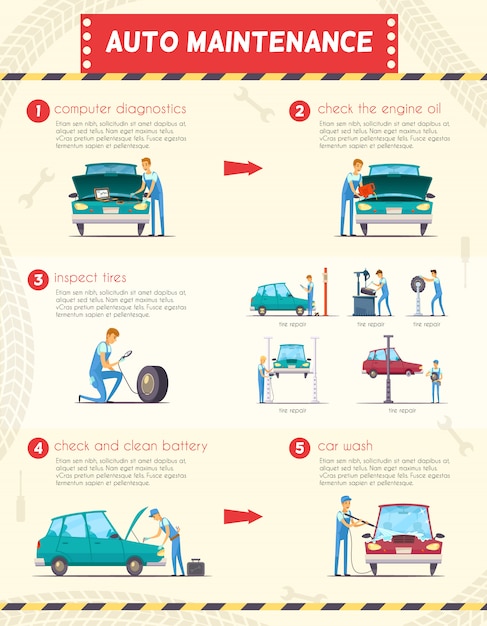Decoding Your Car'S Warning Indicators: What They Truly Signify
Decoding Your Car'S Warning Indicators: What They Truly Signify
Blog Article
Authored By-Termansen Gilbert
When you lag the wheel, those glowing warning lights on your dashboard can be a little bit complicated. Do you recognize what they're attempting to inform you regarding your automobile's health? Recognizing https://www.repairerdrivennews.com/2022/04/19/economist-collision-industry-reps-rising-costs-expected-to-get-worse-labor-rates-costs-continue-to-be-mismatched/ of these lights is important for your safety and the durability of your vehicle. So, the next time among those lights appears, would not you wish to understand its message precisely and take the essential actions to address it?
Common Caution Lighting and Interpretations
Determine usual caution lights in your auto and recognize their meanings to ensure risk-free driving.
The most regular warning lights include the check engine light, which indicates issues with the engine or exhausts system. If this light begins, it's critical to have your car examined without delay.
The oil stress warning light suggests reduced oil stress, requiring immediate focus to prevent engine damage.
A blinking battery light could suggest a damaged charging system, potentially leaving you stranded otherwise addressed.
The tire stress monitoring system (TPMS) light alerts you to low tire stress, affecting car security and fuel effectiveness. Neglecting this might bring about hazardous driving problems.
The ABS light indicates a problem with the anti-lock stopping system, jeopardizing your capability to stop quickly in emergencies.
Last but not least, the coolant temperature level warning light warns of engine overheating, which can result in extreme damages if not resolved promptly.
Understanding these typical warning lights will certainly assist you resolve issues quickly and keep secure driving problems.
Relevance of Prompt Focus
Understanding the usual caution lights in your auto is only the very first step; the significance of immediately resolving these cautions can not be emphasized sufficient to guarantee your safety when traveling.
When a warning light brightens on your control panel, it's your cars and truck's means of communicating a potential concern that requires interest. Disregarding ceramic coating near me can cause extra severe troubles later on, compromising your security and potentially costing you a lot more in repairs.
Motivate attention to warning lights can avoid breakdowns and accidents. For example, a blinking check engine light might indicate a misfire that, if left ignored, could create damages to the catalytic converter. Resolving this without delay can conserve you from a costly fixing.
Likewise, a brake system warning light could signal low brake fluid or worn brake pads, essential parts for your safety and security when driving.
Do It Yourself Troubleshooting Tips
If you observe a warning light on your control panel, there are a couple of DIY troubleshooting suggestions you can attempt prior to looking for specialist assistance.
The primary step is to consult your cars and truck's guidebook to comprehend what the particular warning light suggests. Sometimes the problem can be as easy as a loosened gas cap triggering the check engine light. Tightening up the gas cap may resolve the issue.
An additional typical issue is a reduced battery, which can set off various advising lights. Checking the battery connections for deterioration and guaranteeing they're safe and secure may deal with the problem.
If a warning light lingers, you can try resetting it by disconnecting the vehicle's battery for a few mins and after that reconnecting it. In addition, examining your vehicle's fluid levels, such as oil, coolant, and brake fluid, can aid repair alerting lights connected to these systems.
Final thought
In conclusion, recognizing your cars and truck's warning lights is vital for maintaining your car running smoothly and securely. By quickly attending to these signals and recognizing what they suggest, you can avoid costly fixings and prospective malfunctions.
Remember to consult your car's handbook for certain details on each advising light and act appropriately to guarantee a trouble-free driving experience.
Stay educated, stay safe when traveling!
